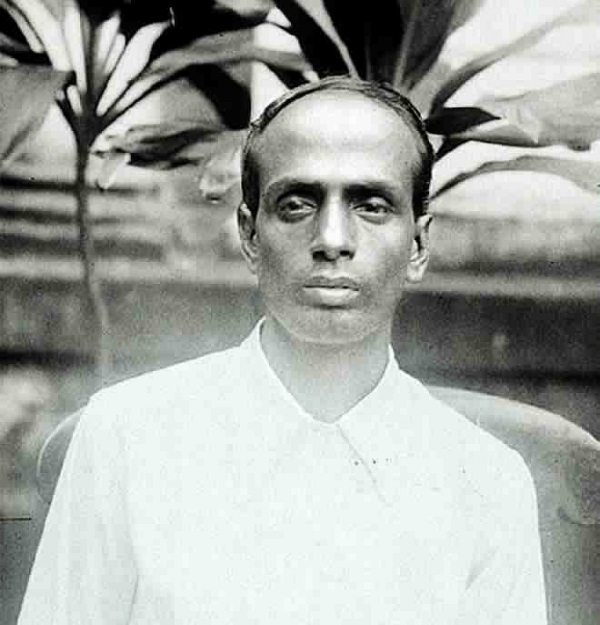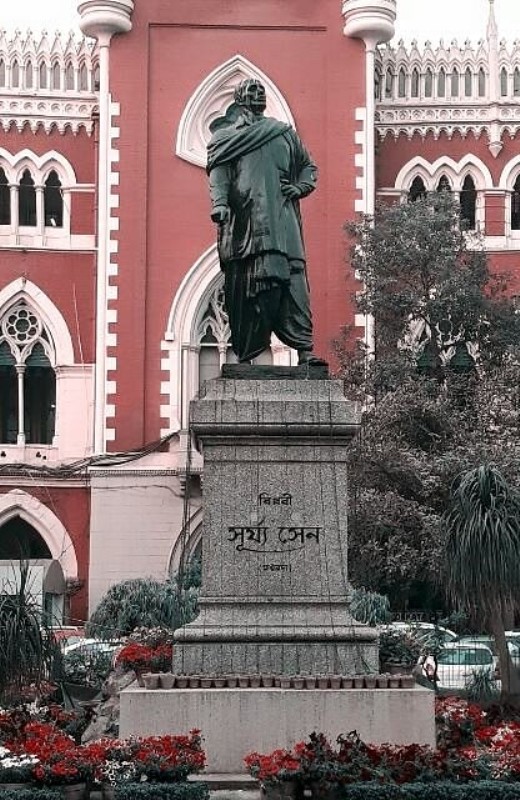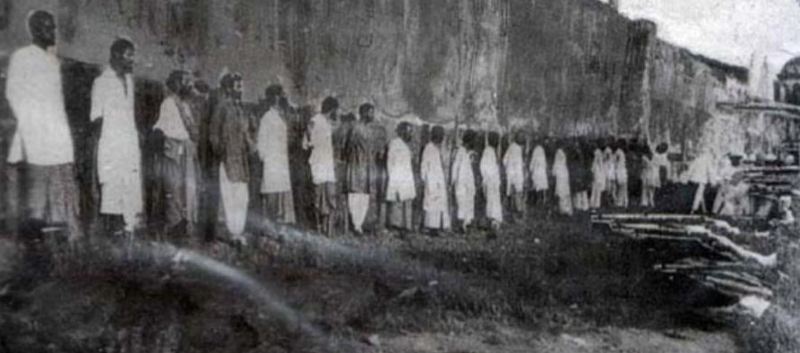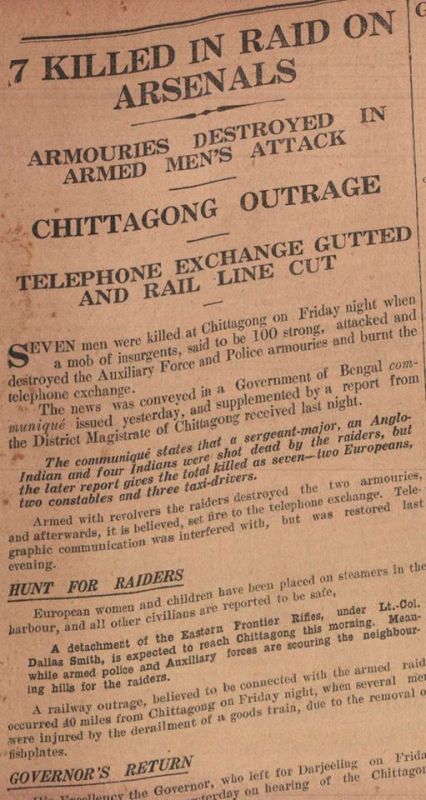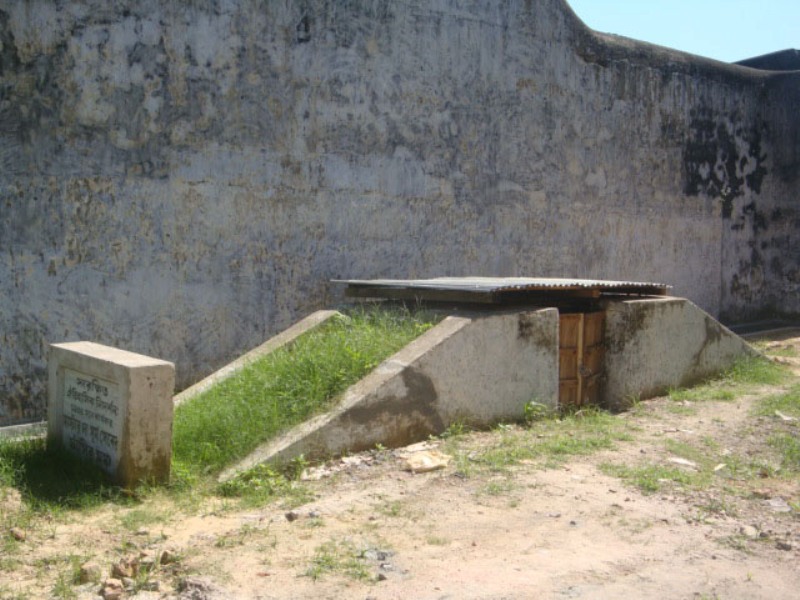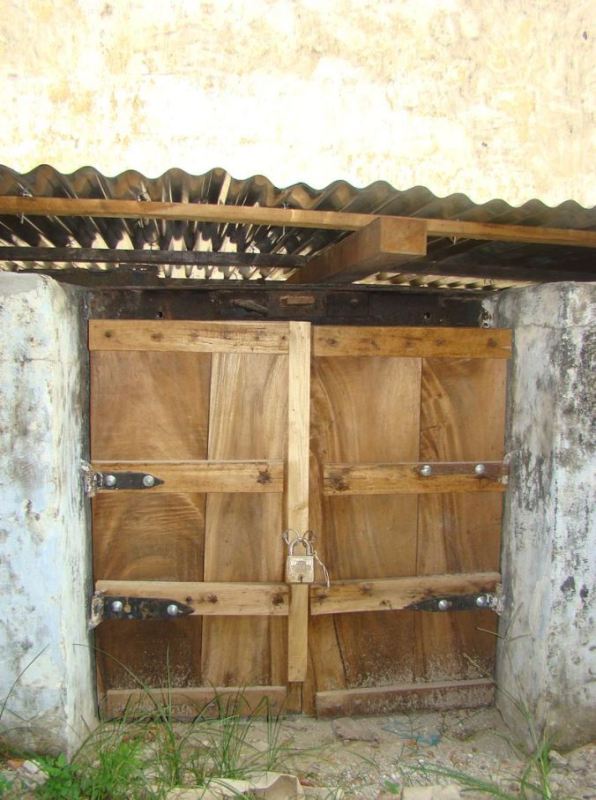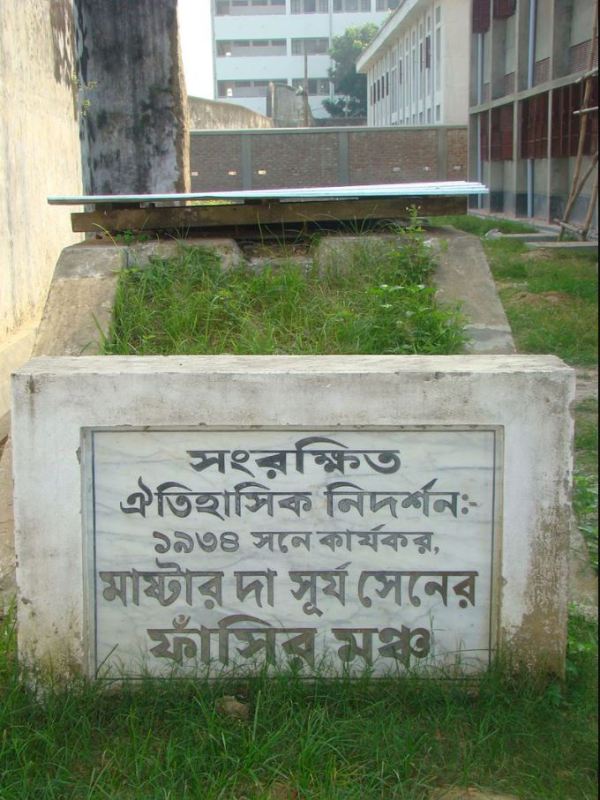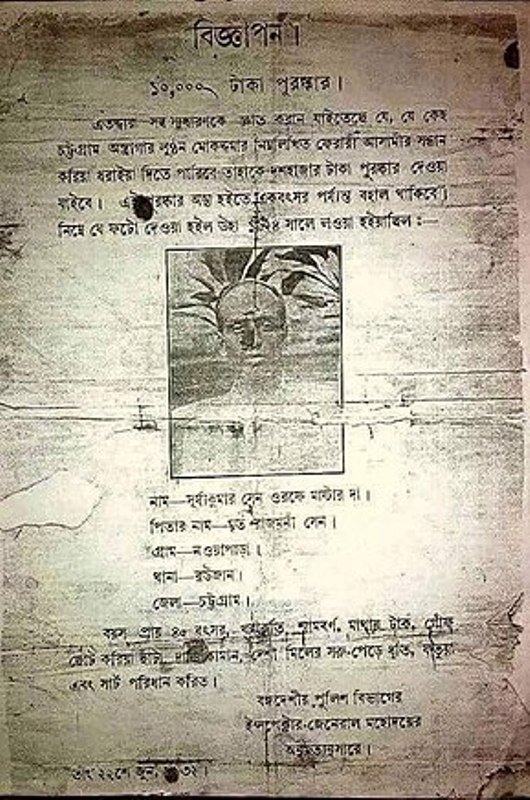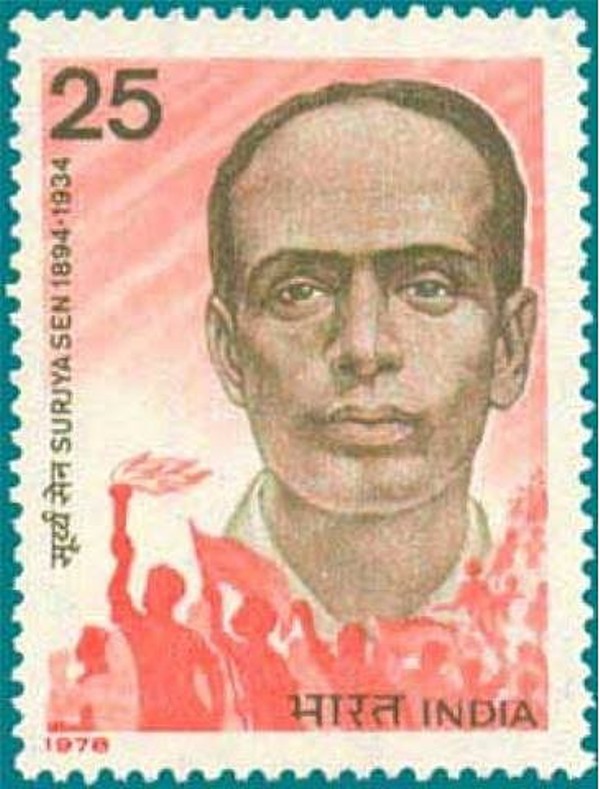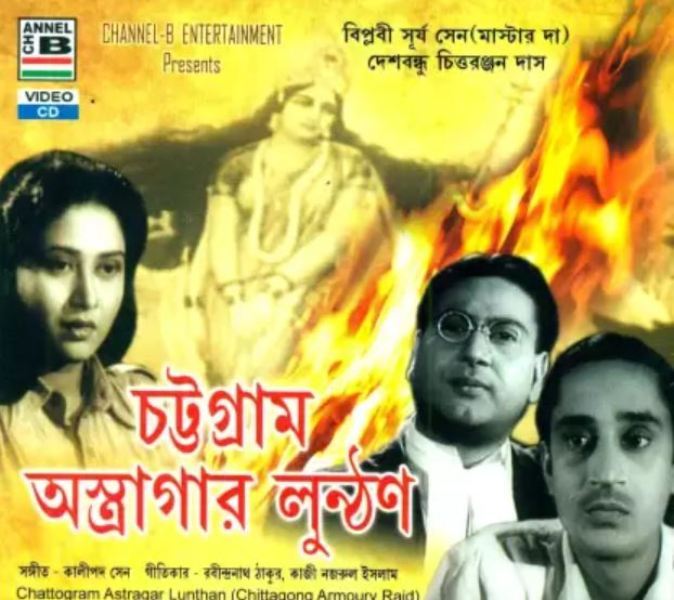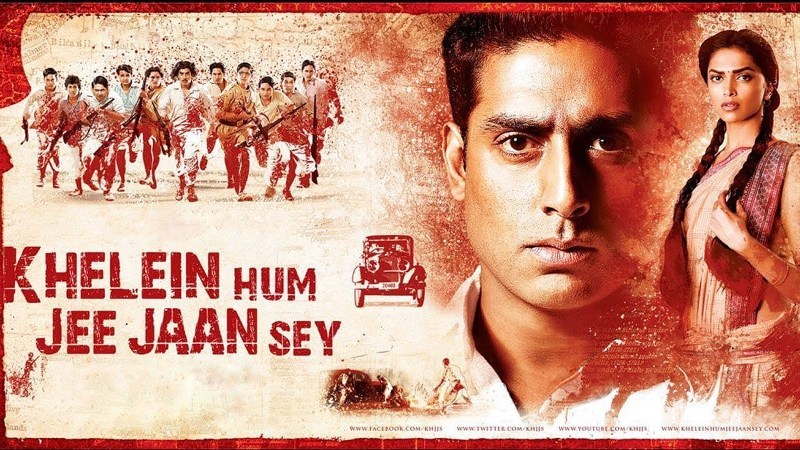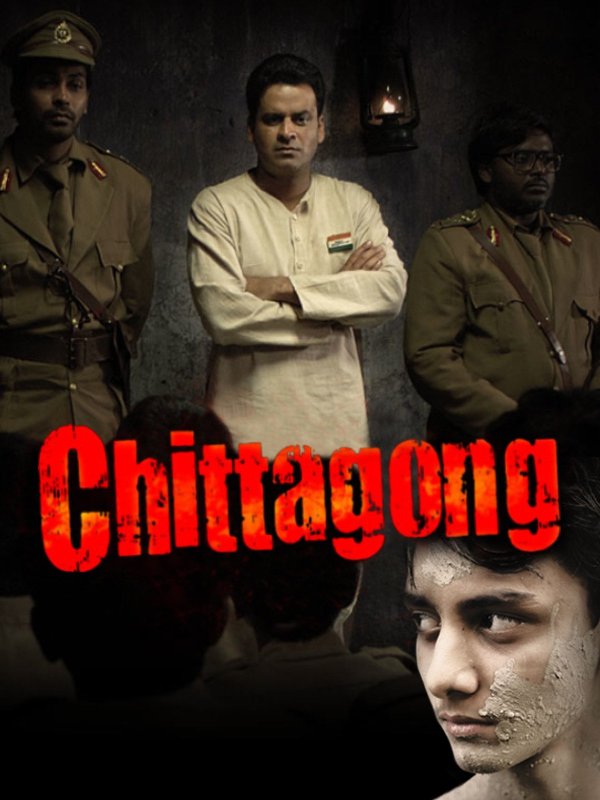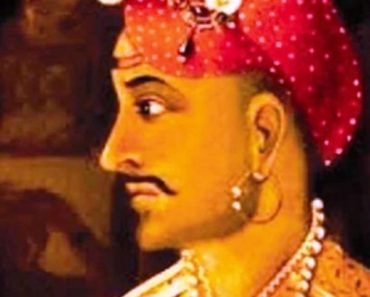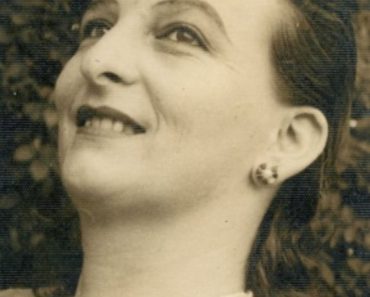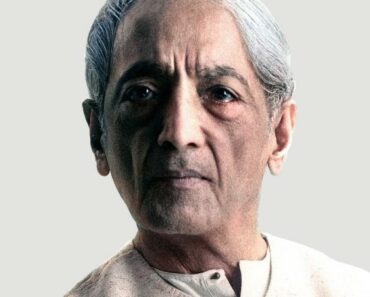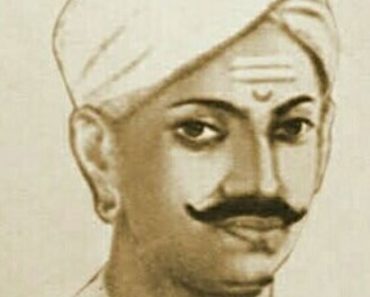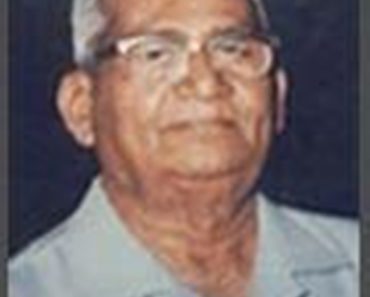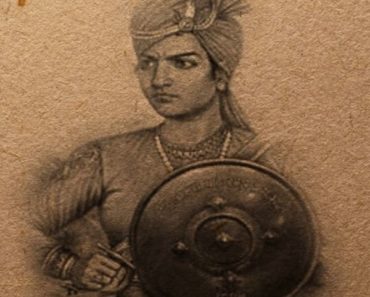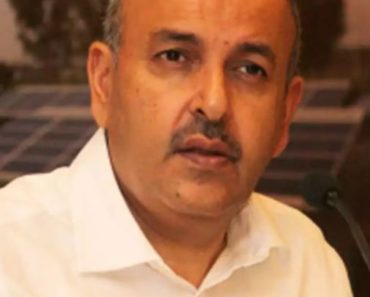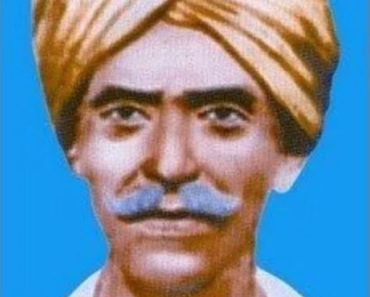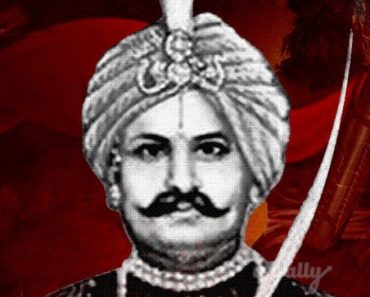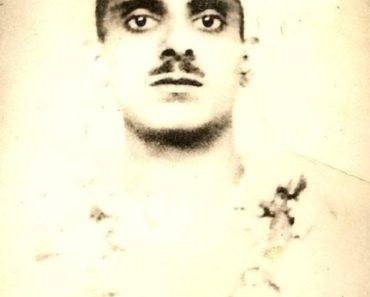Surya Sen was a Bengali freedom fighter. He was a revolutionary against British rule in Bengal and the Indian subcontinent during the Indian independence movement. He served as the president of the Indian National Congress of the Chittagong branch in 1918. In 1930, he was appointed as the leader of the Chittagong armoury raid.
Contents
Wiki/Biography
Surya Sen was born on Thursday, 22 March 1894 (age 39 years; at the time of death) in Noapara village, thana Raojan, Chittagong. His zodiac sign was Aries. He attained his primary school education at Dayamoy primary school. He received his middle school education from Noapara Higher English school. In 1912, he started studying Bachelors in Arts from Berhampore College (now Krishnath College) at Murshidabad. [1]Banglapedia
Physical Appearance
Hair Colour: Black
Eye Colour: Black
Family
Surya Sen belonged to a Baidya family at Noapara, under Raozan Upazila in Chittagong. [2]Abhipedia
Parents & Siblings
His father’s name was Rajmoni Sen, and he was a teacher. His mother’s name was Shila Bala Devi. Surya was the fourth child among the six siblings. His parents died at an early age. All the children were brought up by their uncle ‘Gouromoni.’
Wife
Surya Sen got married to Poshpo Kontola Dutta in 1919.
Early Life
Surya Sen was pursuing his bachelor in arts degree from Berhampore College (now Krishnath College) in Murshidabad, West Bengal when he came to know about the Indian freedom fighting movements through one of his teachers in 1916. Consequently, he got attracted to the ideals of the revolutionary freedom fighters, and soon, started participating in a revolutionary organisation named Anushilan Samity. In 1918, he went back to Chittagong and began teaching Mathematics at a National school, Nandankanan. He was popularly called Master Da at the school. Later, he quit his teaching career to join the Indian independence movements. The Indian National Congress was the leading political party in Bengal at that time, and he began working as the president of the Indian National Congress in 1918.
Participation in Non-cooperation Movement
Surya Sen actively participated in the Non-cooperation movement started by Mahatma Gandhi. Later, Surya Sen was arrested for joining the Indian independence movements and was imprisoned for two years from 1926 to 1928. During his revolutionary activities, Surya Sen was fond of repeating his phrase:
Humanism is a special virtue of the revolutionary.”
Chittagong Armoury Raid
Surya Sen was released by the British government in 1928 and he again started participating in the revolutionary activities in Chittagong. In 1930, he joined a group of revolutionaries at the Chittagong branch and established the organisation named Indian Republican Army (IRA) along with other like-minded people such as Nirmal Sen and Ambika Chakraborty. On 18 April 1930, he planned a raid on the police armoury and additional forces at Chittagong armoury. According to the plan, the revolutionaries divide themselves into five groups, and the arms were seized from the armoury by dismantling the communication system of the city including telephone, telegraph, and railway. The communication system isolated the British government from Chittagong city. After the raid, the arms were seized by the revolutionaries; however, they failed to capture the ammunition. Soon after the raid, they unfurled the Indian National Flag at the scene and ran off. The British police captured a large number of revolutionaries a few days later after the raid at Jalalabad Hills. A clash between police personnel and revolutionaries resulted in the death of twelve revolutionaries and eighty police troops. Many of them were arrested by the police and some of them managed to escape, including Surya Sen. The escaped revolutionaries hid in the local villages and divide themselves into small groups while continuing the raids on government treasury and properties.
Surya Sen was the recruiting head of the revolutionaries and youngsters who were involved in the Chittagong Raid. Some of the renowned freedom fighters who participated in the raid were Ananta Singh, Ganesh Ghosh, and Lokenath Bal. They all fought against the British empire in Chittagong.
Soon after the raid, Surya Sen kept running away from the police. During this time, he did several jobs including as a workman, a farmer, a priest, a house worker to earn his livelihood. He once lived as a Muslim too. During this period, he once hid at the house of his friend. A relative of Surya Sen named Netra Sen lived nearby to Surya Sen’s friend’s house. Soon, Netra Sen informed the police about the whereabouts of the Surya Sen, and soon after getting the information about the Surya, police came and arrested him in February 1933. After the incident, Netra Sen was beheaded with a sharp and long knife by one of the companions of Surya Sen before he was awarded by the British government. [3]Abhipedia The whole incident was witnessed by Netra Sen’s wife, but she did not disclose the name of the revolutionary who killed her husband as she was the supporter of Surya Sen. Tarakeswar Dastidar was the other revolutionary who was hanged along with Surya Sen.
Death
On 16 February 1933, Surya Sen was arrested by the British police and was hanged to death on 12 January 1934. His several companions were also arrested and were awarded life imprisonment. Reportedly, Surya Sen was brutally tortured by the British government being hanged. His bones, limbs, joints, and teeth were broken with a hammer and his nails were plucked out by the jailer so that he could not say ‘Vande Mataram.’ [4]The Better India The last letter that Surya Sen wrote to his friends stated,
Death is knocking at my door. My mind is flying away towards eternity. At such a pleasant, at such a grave, at such a solemn moment, what shall I leave behind you? Only one thing, that is my dream, a golden dream – the dream of free India. Never forget the date, 18th of April, 1930, the day of the eastern Rebellion in Chittagong. Write in red letters in the core of your hearts the names of the patriots who have sacrificed their lives at the altar of India’s freedom.”
Facts/Trivia
- His full name was Surya Kumar Sen. He was also called by the name Surjya Sen. [5]News Click
- The gallows where Surya Sen was hanged has been designated as a historical monument by the government of Bangladesh.
- ‘Masterda Surjo Sen Metro Station,’ a Metro Railway Station in Kolkata, India was built in memory of Surya Sen.
- The movement started by Surya Sen in 1930 was inspired by the 1916 Easter Rising in Ireland. After the death sentence of Surya Sen, the movement led by him died.
- During the arms raid on 18 April 1930, two pamphlets were distributed all across the Chittagong town. One pamphlet read as “breaking the laws of treason” declared the independence of the Chittagong after Mahatma Gandhi’s Civil Disobedience Movement. The other pamphlet was a call to the youngsters of India to join the revolutionary movements against the British Raj in India.
- The Indian historian Bipan Chandra mentioned in his book ‘India’s Struggle for Independence 1857-1947’ described an incident related to Surya Sen. He wrote,
In all, sixty- five were involved in the raid, which was undertaken in the name of the Indian Republican Army, Chittagong Branch. All the revolutionary groups gathered outside the Police Armoury where Surya Sen, dressed in an immaculate white khadi dhoti and a long coat and stiffly ironed Gandhi cap, took a military salute, hoisted the National Flag among shouts of ‘Bande Mataram’ and ‘Inquilab Zindabad, and proclaimed a Provisional Revolutionary Government.”
He further added about the nature of Surya Sen as a rebel. He narrated,
Surya Sen, a brilliant and inspiring organizer, was an unpretentious, soft-spoken and transparently sincere person. Possessed of immense personal courage, he was deeply humane in his approach. He was fond of saying: ‘Humanism is a special virtue of a revolutionary.”
- In 1928, Surya Sen established a gymnasium in Chittagong for the young revolutionaries of India. He ordered his comrades to improve their physical and psychological endurance by involving themselves in regular physical exercises. The exercise he focussed upon included swimming, rowing boats, climbing trees, playing sticks, throwing knives, boxing etc. [6]Banglapedia
- Surya Sen and his revolutionary comrades executed the armoury raid on 18 April 1930, and it was a holiday on the occasion of Good Friday. On that day, most of the Europeans including the police personnel were at home. This raid successfully managed to capture the European club’s headquarters.
- In 1932, a wanted poster was distributed by the Inspector General of Police Division of Chittagong soon after the Chittagong raid. The award amount to the informer was 10,000 taka.
- A postage stamp was released in 1978 by the government of India for Surya Sen’s battle for India’s freedom during the Chittagong raid in 1930.
- In 1949, a Bengali movie named ‘Chattagram Astragar Lunthan’ was made on the life of Surya Sen.
- In 2010, a Bollywood movie titled ‘Khelein Hum Jee Jaan Sey’ that was directed by Ashutosh Gowarikar was based on the life story of Surya Sen. Indian actor Abhishek Bachchan was the leading hero of the movie.
- In 2012, a movie titled Chittagong was directed by Bedabrata Pain in which Indian actor Manoj Bajpayee played the main character in the film. The film was based on the armoury raid conducted by Surya Sen and his revolutionary companions in 1930.
References
| ↑1, ↑6 | Banglapedia |
|---|---|
| ↑2, ↑3 | Abhipedia |
| ↑4 | The Better India |
| ↑5 | News Click |

